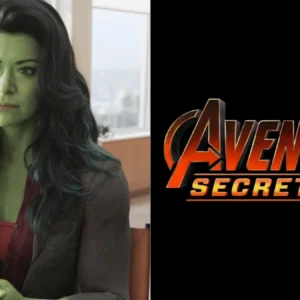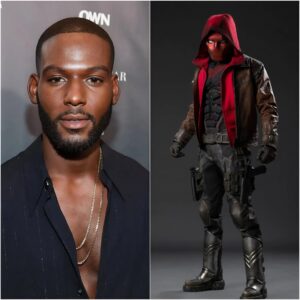Many superhero movies have played with the idea of sympathetic villains, whether intentionally or not, with examples from Marvel, DC, and beyond.

Plenty of superhero movies are happy to invert the classic tropes of right and wrong, resulting in some villains that are hard not to root for. From the tonal rollercoaster of the original Batman quadrilogy to the consistent quality of the films of the MCU, superhero movies often rely on their antagonists just as much as their heroes. It’s not enough for a great protagonist to exist in a vacuum, and most comic books adapted for screen are shaped by the actions of their villains.
It’s not entirely uncommon for audiences to find themselves rooting for the villain’s success, even if the means to their ends are utterly reprehensible. This can be by design, as per the example of numerous comic book movies which turn the villain into a perspective character, like Joker or The Suicide Squad. Other times, the audience becomes more accidentally attached to the villain, either by sheer force of charisma, as in the case of the MCU’s best villains, or by virtue of the antagonist having a genuine point.
11. The Suicide Squad
James Gunn’s Violent Anti-Hero Masterpiece
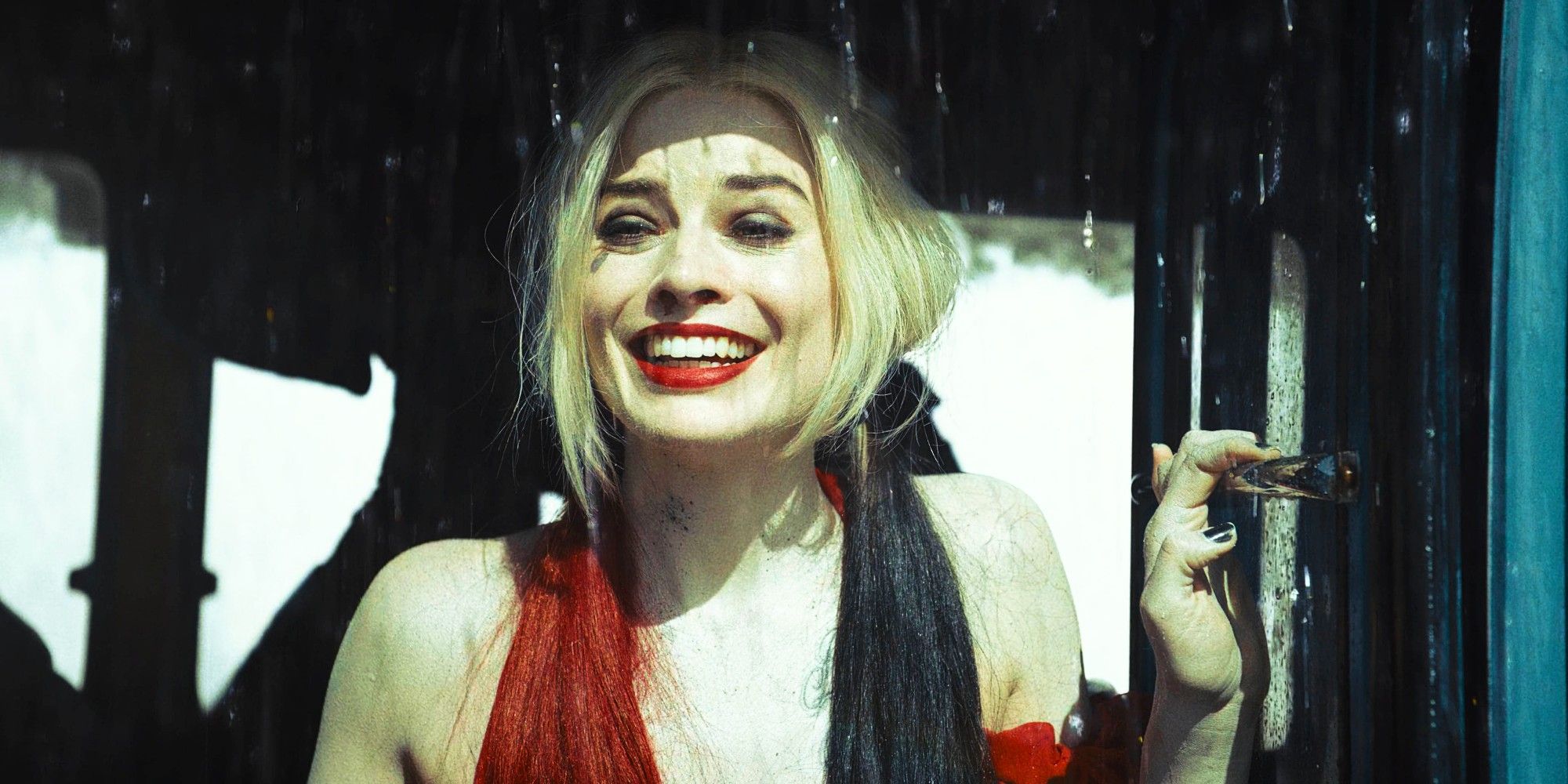
Perhaps one of the greatest films to be told through the perspective of a villainous character, The Suicide Squad is a masterclass in getting viewers to empathize with despicable characters. As vile as the actions of the Suicide Squad may be, it’s hard not to find an endearing charm to the childlike musings of King Shark or the deranged patriotism of Peacemaker. In fact, the film did such a good job making the latter so watchable that he was given his own series on Max, Peacemaker.
Even within the context of the film, many of the antagonists standing in the Suicide Squad’s way are empathetic characters to some degree in their own right. Despite being a starfish kaiju the size of a building, Starro simply wanted a peaceful life floating in space before it was taken from him, making his wanton rampage understandable following his brutal imprisonment. This is a true testament to James Gunn’s ability to humanize even the most bizarre of comic book characters.
10. The X-Men Saga (2000-2020)
Magneto Was Right All Along
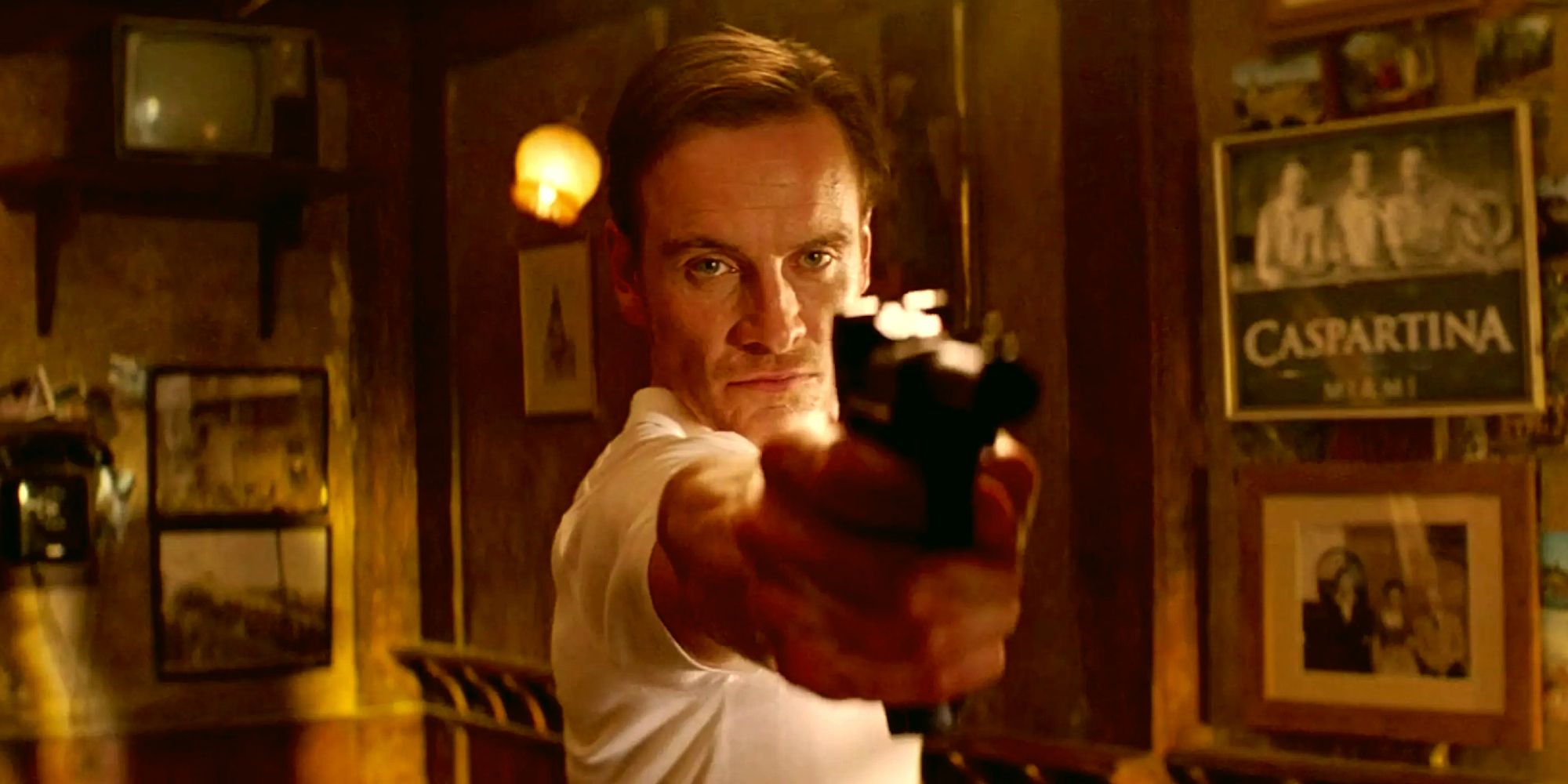
As a concept, the X-Men have been a stand-in for the various types of real-world discrimination that unfortunately plagues modern society. Throughout the Fox X-Men films, the titular hero team does battle against Magneto and his Brotherhood of Mutants, who seek to upend the age of humanity rather than seek out a peaceful co-existence with them. For as wise as Charles Xavier may have been, Magneto was ultimately right when it came to their fundamentally differing ideologies.
Time and time again, Magneto has been proven right by the actions of humans in the X-Men universe. As early as the first movie, Senator Kelly attempts to impose restrictive legislature violating the civil rights of mutants across the nation. By the time of X-Men: Days of Future Past, humanity’s treatment of mutants had denigrated into kill-squads of deadly Sentinel robots, forcing Wolverine to travel back in time just to set things right. It’s hard not to agree with Magneto over Professor X after seeing the events of the franchise play out over time.
9. Joker (2019)
Peered Beneath The Makeup Of DC’s Most Insidious Villain
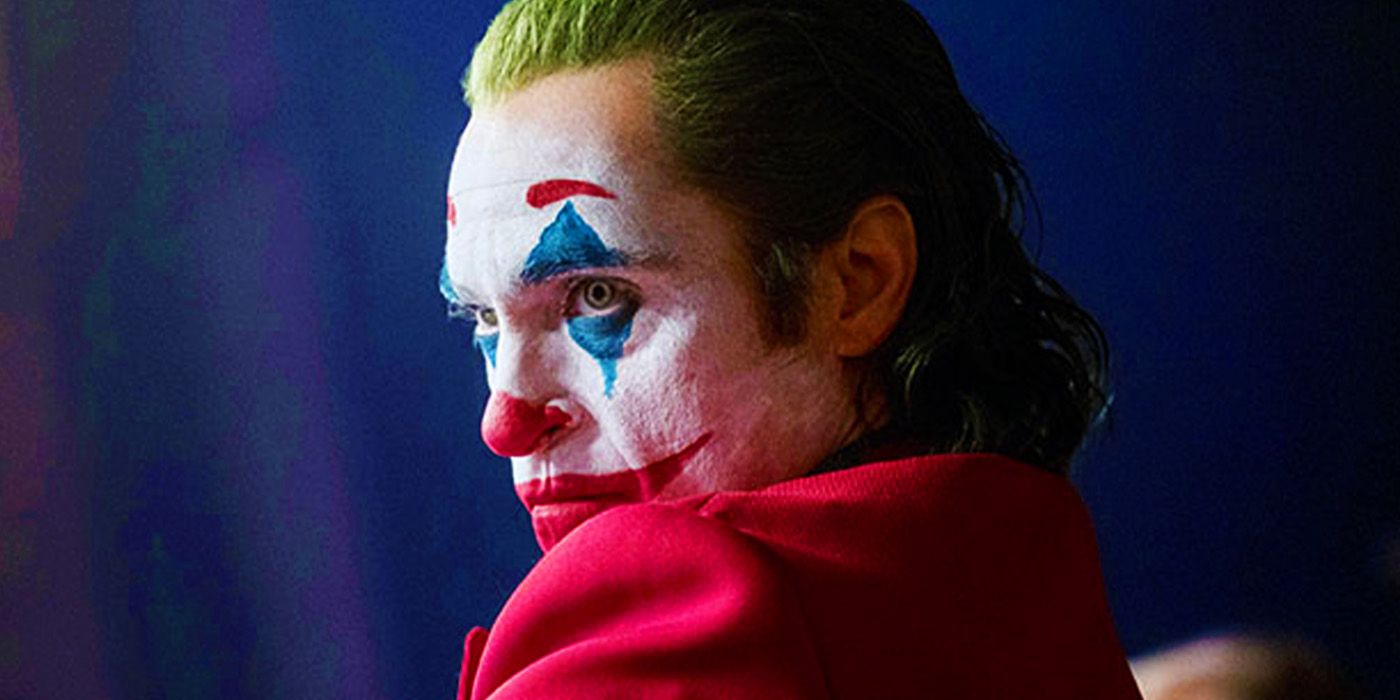
Even among other comic book villains, the Joker is known as being particularly deranged, willing to kill with reckless abandon in pursuit of his own mad brand of comedy. With such obvious psychopathy, creating a film that manages to paint the Joker in a sympathetic light might seem impossible at first glance. But Todd Phillips managed to do just that with 2019’s Joker, the first solo film to feature the clown prince of crime since his movie debut way back in 1966.
Taking inspiration from the works of Martin Scorsese like TheKing of Comedy and Taxi Driver, the contemplative meditation on how a man like the Joker could come into being made the villain more sympathetic than ever. Struggling with mental health, a lack of resources, and the general callousness of life in the 20th Century, Joker managed to strike a chord with comic book fans and prestige cinema lovers alike. As reprehensible as his actions are, seeing the build up to Arthur Fleck’s mental breakdown makes him eerily relatable.
8. Captain America: Civil War (2016)
Baron Zemo Had A Point
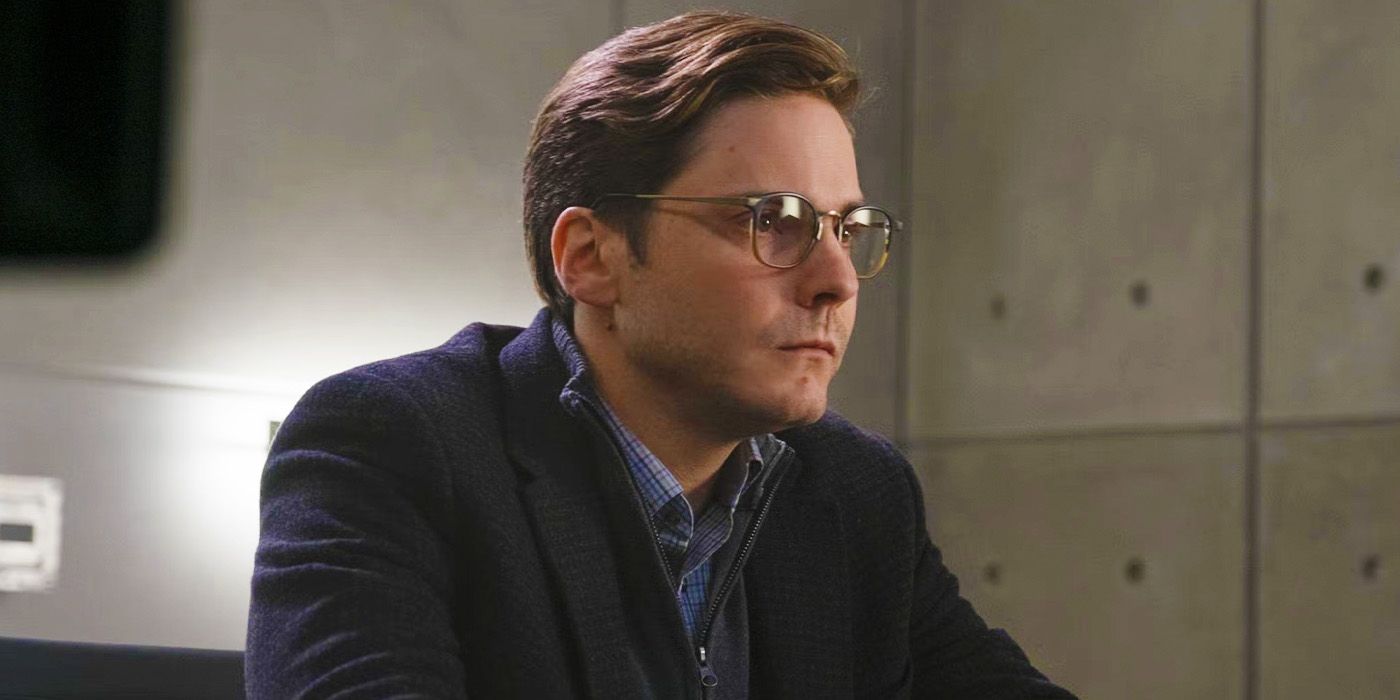
One of the tantamount crossover films in the MCU, Captain America: Civil War pits two groups of heroes against each other. While neither Iron Man nor Captain America’s ideals are presented as the “correct” stance on the Sokovia Accords, which would officially federalize superhero activity, the audience is left to draw their own conclusions, making both sides sympathetic “villains” in their own right. But the mastermind behind the conflict had just as much of an understandable reason to set the Avengers against each other.
Baron Zemo had seen much of his family die due to the actions of Tony Stark and the Avengers, becoming obsessed with taking down the superhero squad. Considering that Sokovia would’ve never happened if Tony Stark hadn’t taunted fate with the creation of Ultron, the words of Falcon in Falcon and the Winter Soldier can be echoed once again — “He’s out of line, but he’s right.” Zemo’s own sucicde attempt following his bittersweet victory is proof enough that he only wanted revenge, nothing more.
7. Black Panther (2018)
Killmonger’s Actions Influenced Wakandan Social Policy
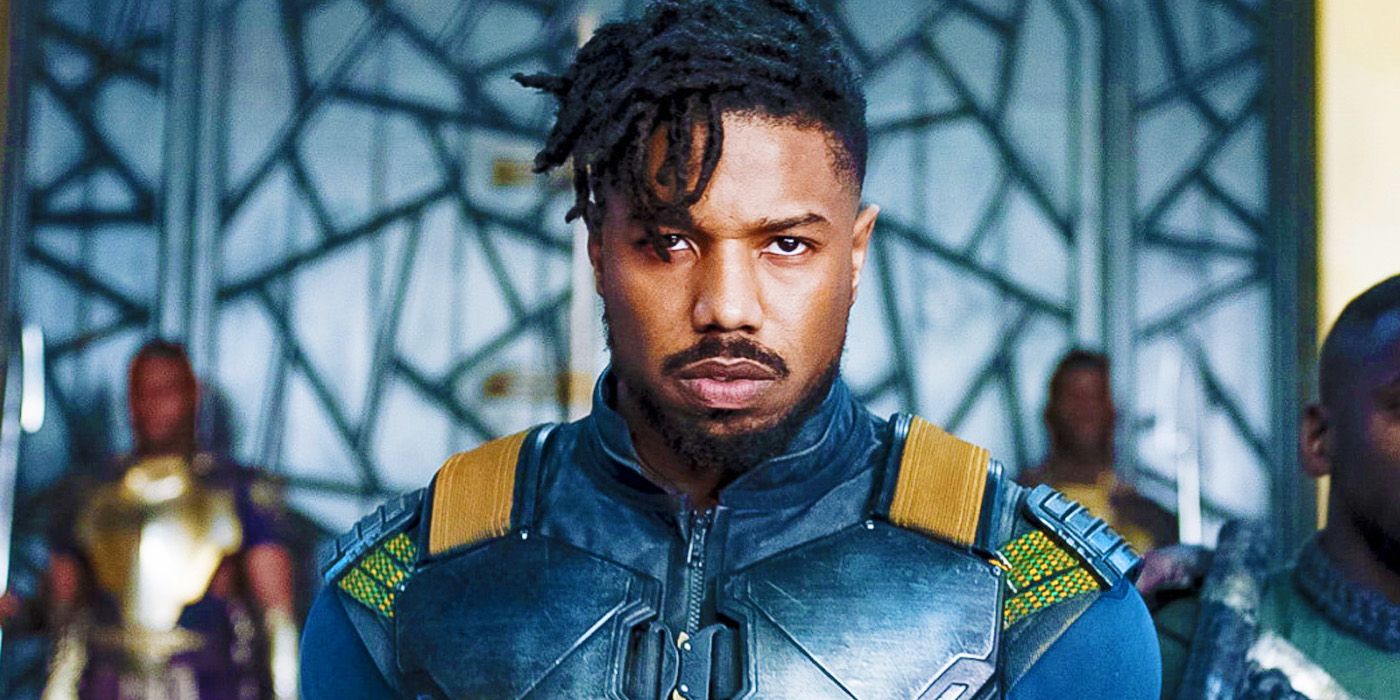
One of the most beloved villains in the entire MCU, Erik Killmonger is one of the most justifiable villains in the franchise. Granted, the means to his ends are utterly horrific, murdering countless innocent civilians in his bid for power, weaponizing the nation of Wakanda’s own traditions against them. Yet in the end, his goal was noble enough to influence Wakanda’s foreign policy following his death at the hands of his cousin.
Seeing the wealth of unique technology and resources available to Wakanda, Killmonger was furious at the nation’s refusal to reveal its true capabilities to the global stage, mindless of the suffering of the African diaspora across the world. Growing up facing prejudice, violence, and insecurity in Oakland, California, Erik understood the need for a Wakandan presence on the global stage. Even if his plans were far more murderous than necessary, his words did impact Wakanda enough to inspire a better outreach policy following his death at the hands of the Black Panther.
6. Batman Returns (1992)
Catwoman’s Revenge Isn’t Exactly
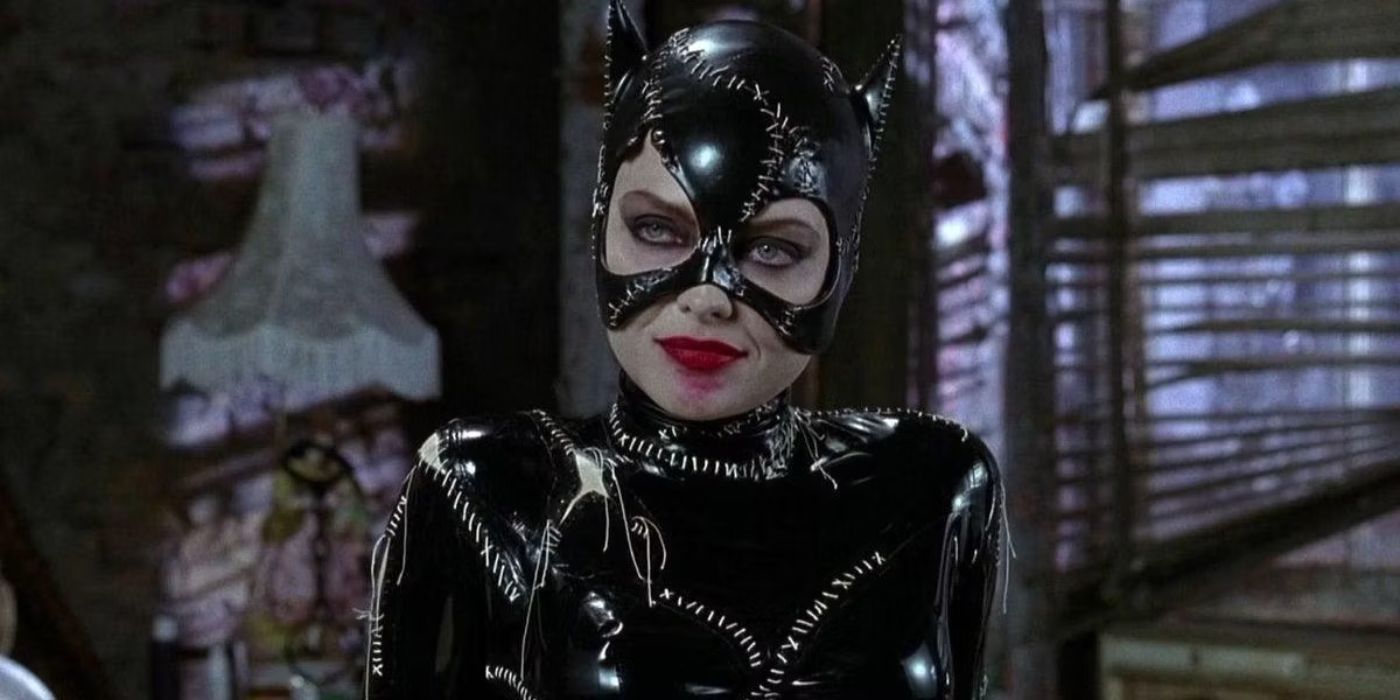
Admittedly, the motivations of the central villains in Batman Returns take a bit of mental gymnastics to work through. The gloomy second installment in the loose quadrilogy beginning with Tim Burton’s Batman in 1989, Batman Returns featured both Danny DeVito’s Penguin and Michelle Pfeiffer’s excellent Catwoman pulling double-duty as antagonists. While Penguin has his own degree of sympathy, being abandoned at birth due to his monstrous appearance, Catwoman’s revenge story is far more sympathetic.
Pushed to her death by Max Shreck after stumbling upon his plans to siphon energy from Gotham, Selina Kyle vowed revenge, only working with the Penguin to get closer to Shreck and get even once and for all. In this regard, Catwoman is more of a vigilante like Batman than a supervillain, albeit a far deadlier one. It doesn’t hurt that her impressive whip skills, scintillating suit and playful romance with Batman make her all the more fun to watch.
5. Watchmen (2009)
A Morally Gray Soup Of Empathetic Villains
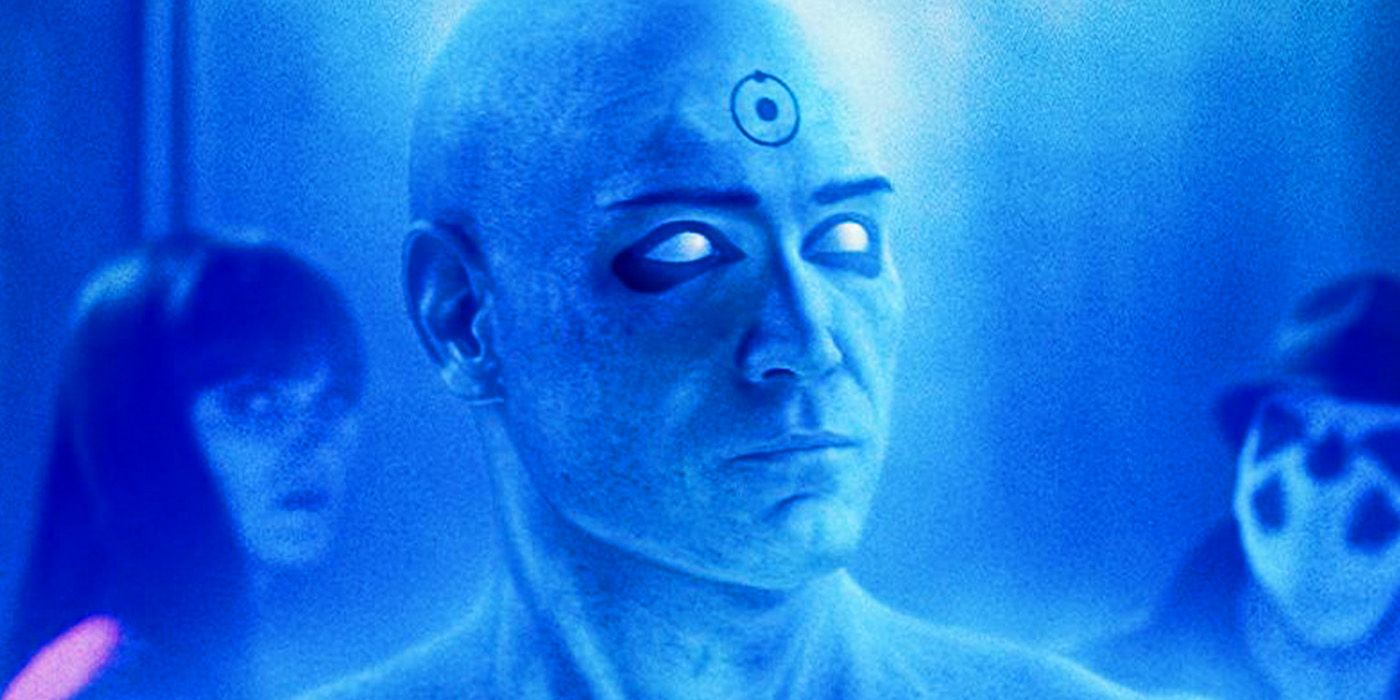
As far as the universe of Watchmen is concerned, no superhero’s hands are truly clean, with most of the masked crimefighters of the film having committed at least one unspeakable crime. As far as a proper cut-and-dry villain of the story can be identified, Watchmen makes it easy to root for the ethically bankrupt superheroes of the universe. This is best exemplified by two characters, one of whom acts in the shadows, and another whose thoughts are directly stated to the audience.
Zack Snyder’s Watchmen makes Rorschach a far more sympathetic character, focusing on his childhood trauma and minimizing his problematic ramblings compared to the original comic. Yet it’s the mastermind Ozymandias who continues to be one of Watchmen‘s most controversially sympathetic characters, with the iconic phrase, “Ozymandias was right,” permeating the pop culture discussion of his actions. The callous murder of untold number of people in the name of unifying humanity presents a chilling moral calculus worthy of discussion, if nothing else.
4. Megamind (2010)
Inverted Classic Superhero Tropes

One of the greatest Dreamworks films ever made, Megamind is all about flipping the roles of hero and villain in a superhero setting. A stereotypical representation of the genius alien supervillain a la Superman’s Braniac, Megamind finds himself achieving an unexpected victory, only to accidentally create a new villain in an attempt to give himself a rival. Definitively a villain at the start of the film, Megamind is one of the most sympathetic evil protagonists ever written.
Admittedly, Megamind’s evil schemes are tame compared to even the likes of Despicable Me‘s Gru, limited in his villainy by the child-friendly rating of the film. But he does still take over a local government while haphazardly altering the lives of innocent bystanders at a whim, turning them into dehydrated cubes or horrifying super-powered villains at his own whims. Of course, his redemption arc and tragic backstory makes him one of the most sympathetic villains ever created, even if it is intentional.
3. The Avengers (2012)
Loki Was Simply Too Charming To Hate
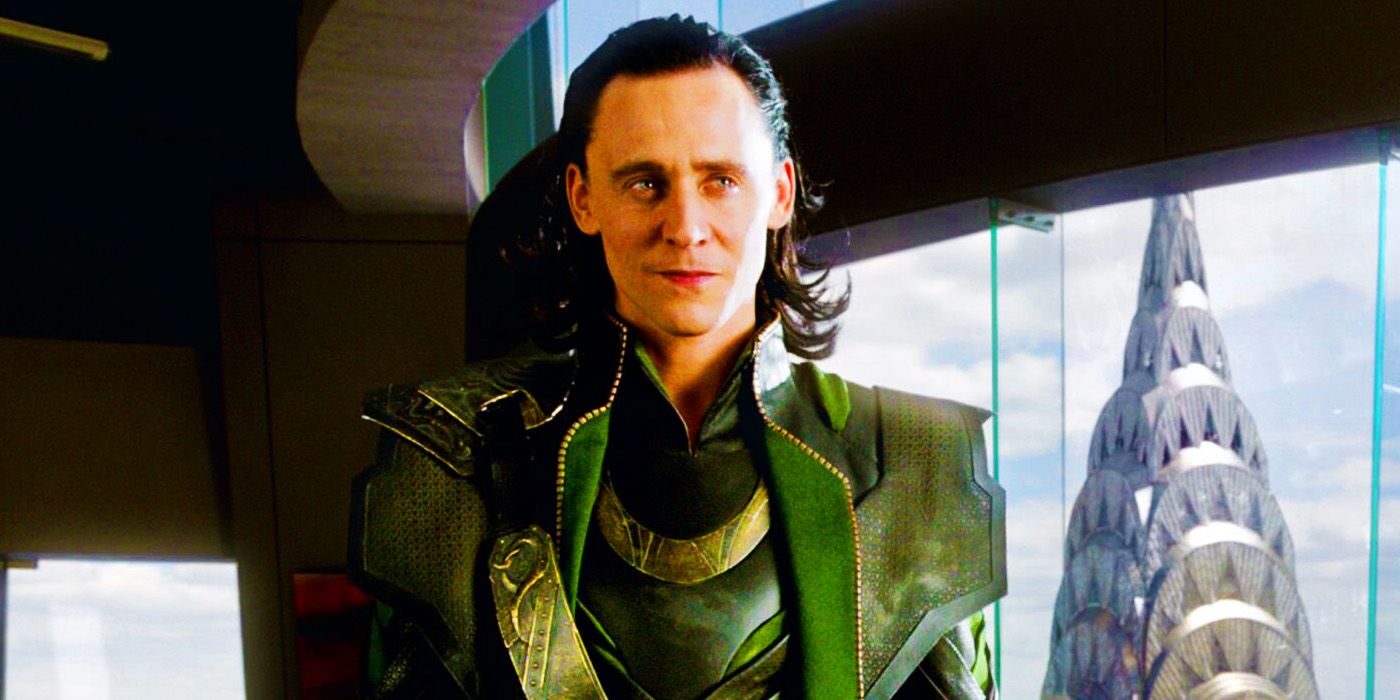
The first Avengers movie needed a threat worthy of calling together the superhero team for the first time, and Thor’s tyrannical half-brother was the perfect candidate. Acquiring a powerful Infinity Stone and amassing a terrifying army of Chitauri warriors, Loki’s ambition and egotistical visions of world domination make him a worthy villain for the Avengers’ first team-up. As objectively evil as Loki’s early MCU appearances paint him as, he’s simply too charming to dislike, even at his most vile.
Later on, the MCU expands greatly on Loki’s backstory and complicated feelings towards his Asgardian family, expanding his empathy in the Loki series. But even before all the necessary context to make him a sympathetic villain, Marvel struck gold with Tom Hiddleston’s performance, which made Loki an utter joy to watch. It’s safe to say that even at the height of his arrogant delusions of grandeur, there are plenty of MCU viewers who would willingly kneel before the silver-tongued trickster god.
2. Black Panther: Wakanda Forever (2022)
Namor Was Right To Fear The Surface’s Intervention
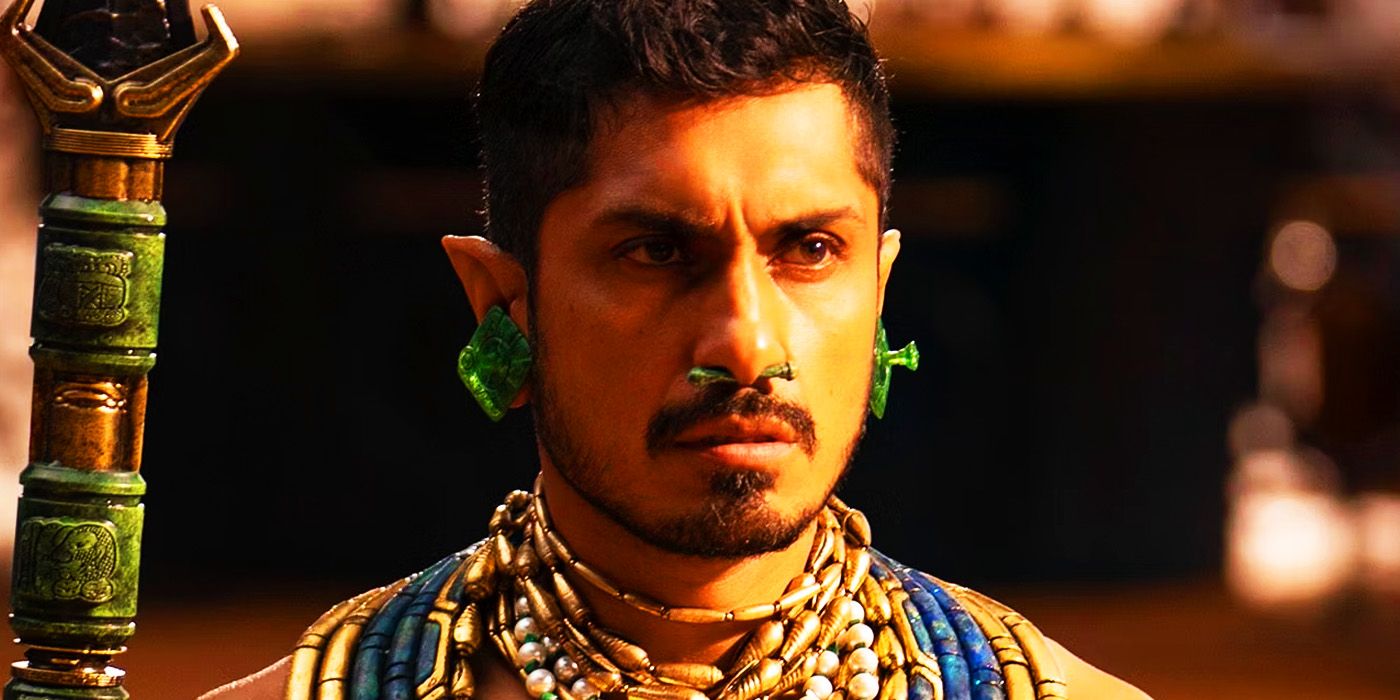
Despite only having two entries, the Black Panther series has thus far had a high success rate for sympathetic villains. Having founded an underwater nation similar to Wakanda, Namor is a ruthless villain, willing to invade Wakanda in open warfare and even murder Queen Ramonda. But for all the blood he shed, Namor’s life experiences make it easy to understand why he resorted to such violent ends to maintain the integrity of his civilization.
Having grown up in the era of the Spanish conquistadors, Namor knows first hand the evils of colonialism, and is justifiably right to fear the American government getting their hands on a Vibranium-tracking machine. Showing Shuri first hand the peaceful undersea life he’s fighting to protect, it’s hard to deny that Namor isn’t simply acting in his best interests. His ultimate willingness to back down may increase his sympathy even further in any further MCU appearances of Namor.
1. The Amazing Spider-Man 2 (2014)
Electro Was A Tragically Misunderstood Loner
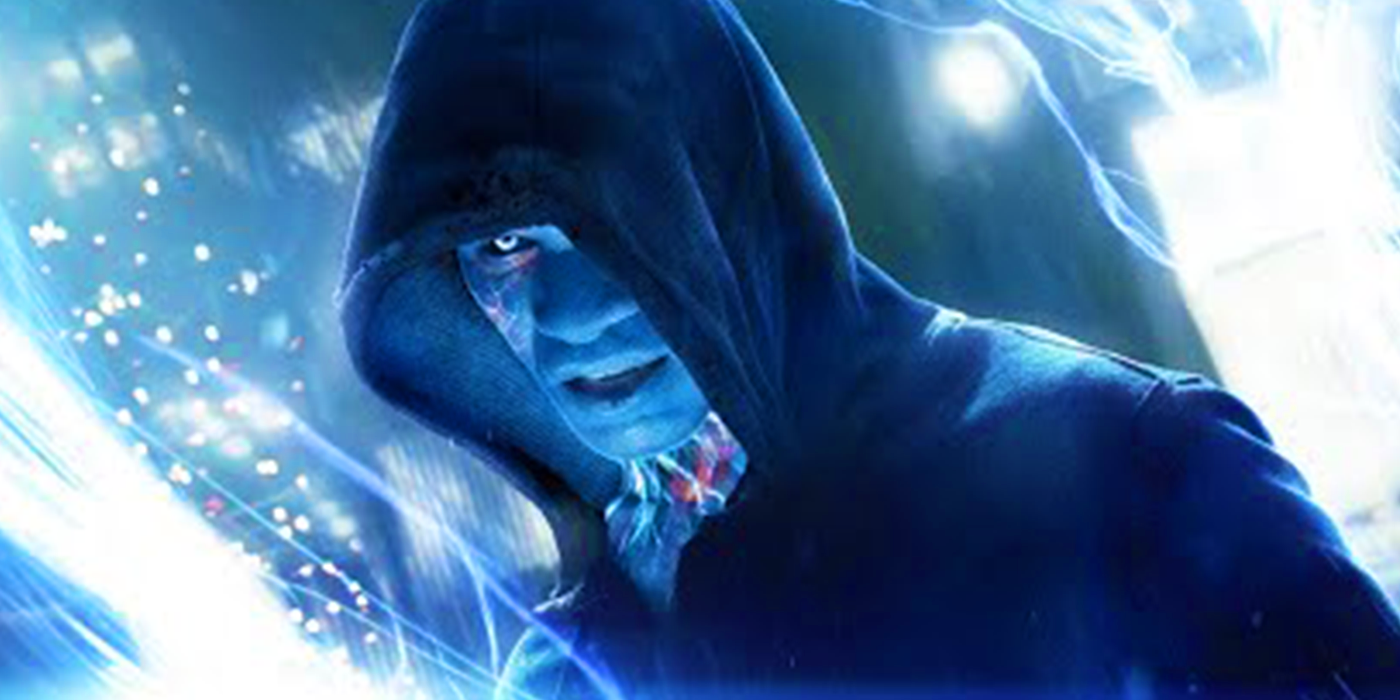
Runtime142 minutes
As charismatic as Andrew Garfield’s Spider-Man was, he has it strangely good for a Peter Parker incarnation by the beginning of The Amazing Spider-Man 2. While the film flirted with secondary villains like Rhino and Harry Osborn’s Goblin, the real star of the show was Jamie Foxx’s Electro. From his first moments on screen, Max Dillon is immediately sympathetic as a poor working stiff who just can’t catch a break, ignored by seemingly everyone in his life and plagued with thoughts of insecurity.
His transformation into Electro was just another turn of rotten luck in a life plagued by insignificance, leaving the already fragile psyche of Max Dillon on the verge of breaking. After his first disastrous outing as Electro, it’s hard not to root for Dillon, deserving at least one win in his tragic life. Strangely, by the time of his return in the superhero movie Spider-Man: No Way Home, Electro has quizzically morphed into a stereotypically cool Jamie Foxx character, souring his sympathy somewhat.
